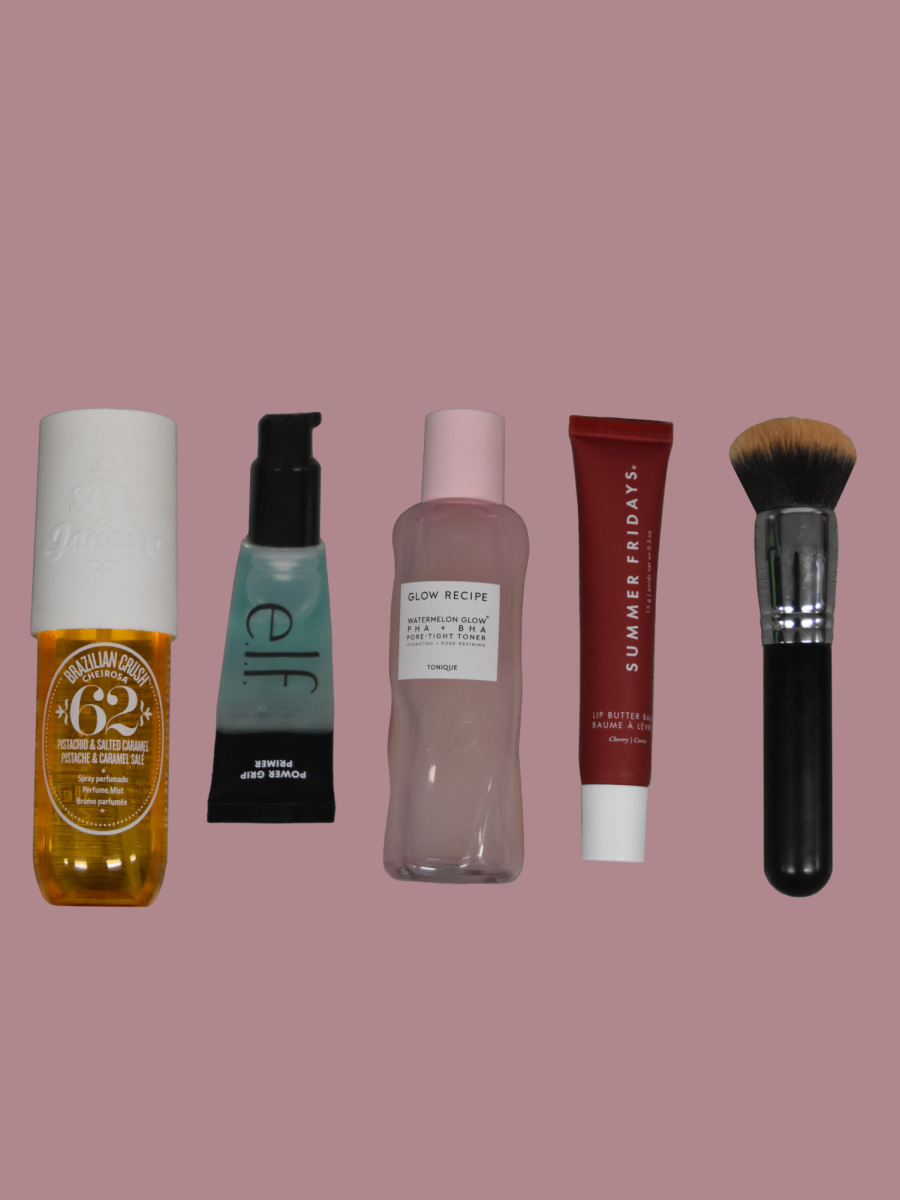Across numerous social media platforms, videos are going viral of young children rummaging through Sephora stores, wasting samples and being rude to employees, leading to the term “Sephora kids”. Math teacher Mia Onodera points out how these recent events stem from the upbringing of this young generation’s parents.
“I think millennials, as parents, lost something along the way,” Onodera said. “They had technology in their hands from when they were babies, and so their idea of what is OK and what is not OK is very clouded. They have no concept of what they’re doing, why they’re doing it and what is cool.”
Being exposed to media outlets, Kennedy Middle School seventh-grader Ella Lin owns almost any trendy product a teen can dream of, from Lululemon to Drunk Elephant. Lin says her parents are skeptical about the products she buys, such as their components, her age relative to it and the overall concept of buying trendy products.
“My parents judge me sometimes for the things that I buy and think that it’s either dangerous for me or I’m too young for it – for example Sephora,” Lin said. “They think I’m only buying it because everyone else is buying it. I can see where they’re coming from, because a lot of kids do buy the same products as me and my mom has been telling me that she’s afraid I’m turning into a clone of the trends.”
Social science teacher Hilary Barron has also noticed these trends, having read articles about children buying anti-aging skincare due to older influencers on social media.
“As a parent, I worry about how I did not grow up with social media, so I don’t know what the proper boundaries are to set around how my child interacts with social media,” Barron said. “It’s just a whole new ballgame. We have so much available to us all the time, so it is a parenting shift in terms of how to help our children be successful with technology being such a huge part of their lives.”
Since she was in sixth grade, Lin downloaded social media platforms Pinterest and YouTube on her phone. According to her, these apps were turning points in her building her own style and aesthetic. She also attributes this change to her peers, who introduced her to new products.
“My friends always owned things that were considered trendy at the time, so this made me want to get those specific products too,” Lin said. “Sometimes I thought that the product just looked cool and other times I thought you had to have that in order to be the ‘cool girl’ at school.”
Similarly, Barron relates to Lin’s statement about wanting to own products. Reflecting on her own teen years, Onodera knows the feeling of wanting to fit in and participating in trends or buying certain clothing to send out a specific message to classmates. However, she believes that today’s generation has different role models, causing them to “act an age that they are not.”
“Admittedly, I was someone who wore name brands when I was in high school,” Onodera said. “Now, influencers are not of these kids’ age and these trends don’t necessarily match their needs or expectations.”










